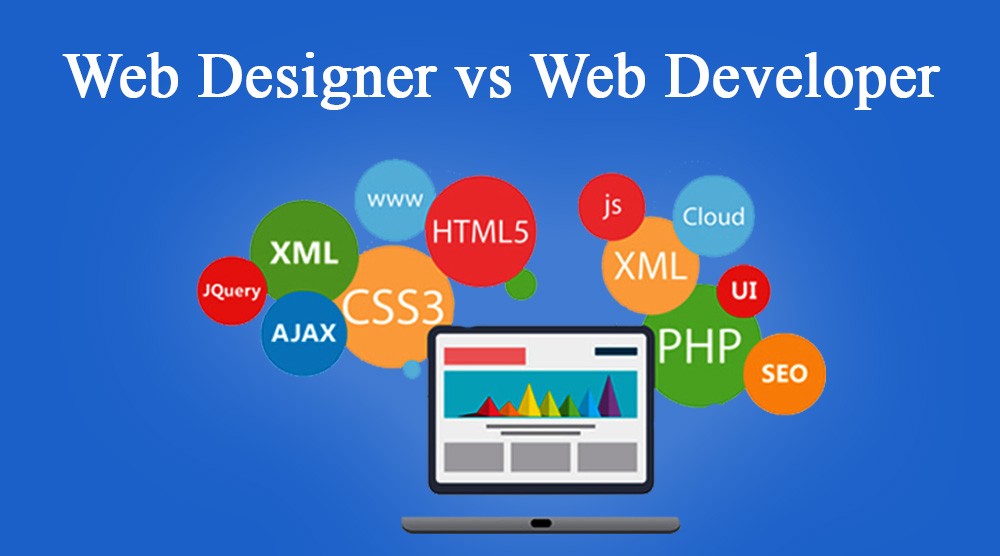The following are the steps to learn web design and development from basic to advanced levels:
⏩HTML and CSS:
Start with the basics of HTML (Hypertext Markup Language) and CSS (Cascading Style Sheets). HTML provides the structure and content of web pages, while CSS handles the visual presentation. Learn how to create web pages, format text, add images, and apply styles using HTML and CSS.
⏩JavaScript:
Expand your knowledge by learning JavaScript, a programming language for web development. JavaScript adds interactivity and dynamic features to websites. Study JavaScript concepts like variables, functions, loops, and conditional statements. Learn how to manipulate the Document Object Model (DOM) and create interactive elements.
⏩Responsive Web Design:
Understand the principles of responsive web design, which ensures websites adapt to different screen sizes and devices. Learn techniques such as media queries and flexible layouts to create responsive and mobile-friendly websites.
⏩Front-End Frameworks:
Explore popular front-end frameworks like Bootstrap or Foundation. These frameworks provide pre-built components and a responsive grid system, making it easier to design and develop modern, visually appealing websites.
⏩Back-End Development:
Dive into back-end development to create dynamic websites and handle server-side operations. Learn a back-end programming language such as Python, PHP, or Node.js. Understand concepts like server-side scripting, handling databases, and interacting with APIs.
⏩Database Management:
Gain knowledge of database management systems such as MySQL or PostgreSQL. Understand how to create, manage, and query databases, as well as the principles of database design and normalization.
⏩Content Management Systems (CMS):
Explore popular CMS platforms like WordPress, Joomla, or Drupal. Learn how to customize and develop themes, create plugins or modules, and manage website content using CMS tools.
⏩Version Control:
Familiarize yourself with version control systems like Git. Learn how to track changes, collaborate with others, and manage your codebase effectively using version control.
⏩Web Performance and Optimization:
Study techniques for optimizing website performance, such as optimizing images, minifying CSS and JavaScript files, and caching. Understand concepts like page speed, performance testing, and website optimization best practices.
⏩Continuous Learning and Industry Trends:
Stay updated with the latest web design and development trends, technologies, and tools. Follow blogs, forums, and online communities to learn from industry experts and explore new advancements.
➡️Build Projects and Practice:
Put your knowledge into practice by building projects and websites. Start with small projects and gradually work on more complex ones. Building real-world projects will help you gain practical experience and refine your skills.
Remember, web design and development is a vast field, and continuous learning is key. Practice regularly, experiment with different techniques, and don’t be afraid to take on challenges. Building a strong foundation and keeping up with industry trends will help you advance in web design and development.






